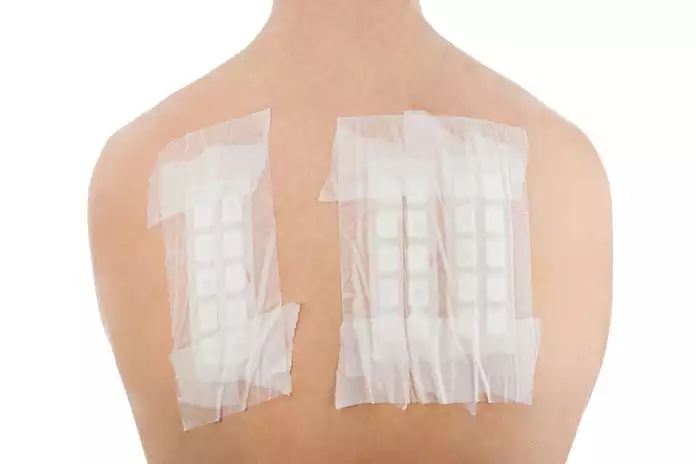Dry Skin Diagnosis

Diagnostic tests for dry skin may include:
- Physical examination: A visual inspection of the skin to assess its appearance, texture, and moisture content.
- Skin hydration measurement: It is assessed using a chronometer – which measures the amount of water in the top layer of the skin.
- Skin elasticity measurement: It is measured using a cutometer – a device that measures the skin’s ability to stretch and recoil, indicating its elasticity.
- Patch testing: If there are any symptoms of eczema or allergic reactions, patch testing can be done to identify any potential allergens that could be causing dry skin.
- Blood tests: Blood tests may be done to check for underlying conditions that can cause dry skin, such as thyroid disorders, diabetes, or vitamin deficiencies.
- Biopsy: In rare cases, a skin biopsy may be done to rule out any underlying skin conditions or diseases that may be causing dry skin.
It’s important to note that in many cases, the diagnosis of dry skin is made based on clinical observation and history taking. Therefore, diagnostic tests may not be necessary in all cases.

